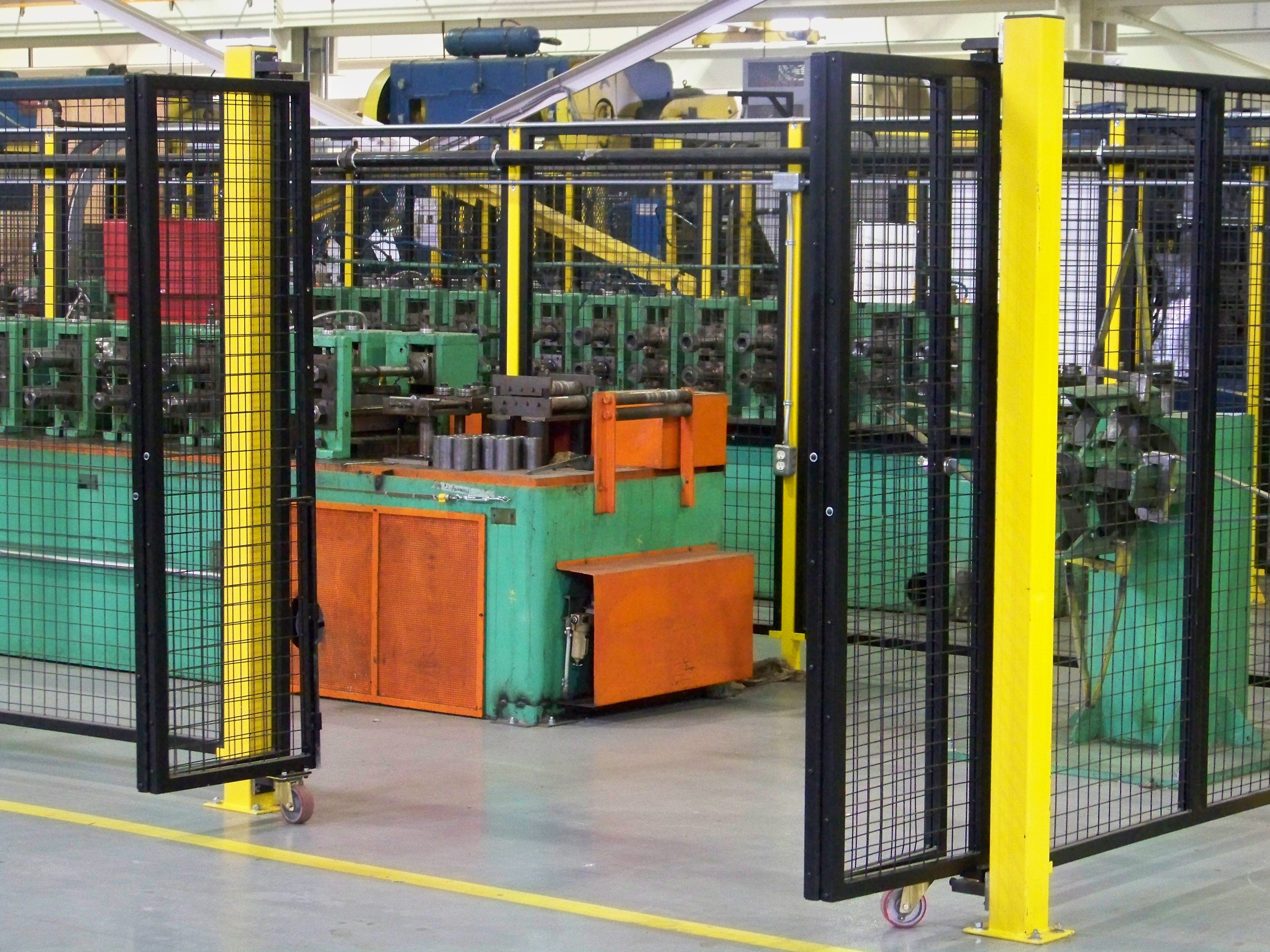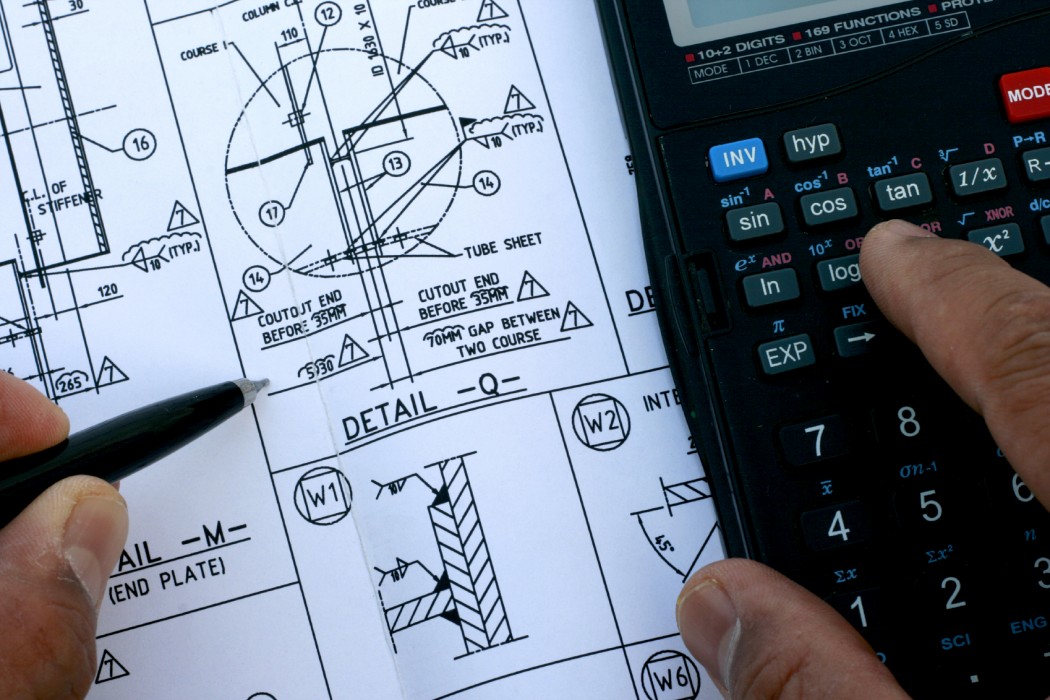The Death of the “Safety Guy”
When it comes to making the workplace safer, there is as much room for people who acquired their safety pedigree through years of work experience and corporate training as there is for those who acquired theirs in a university.
Posted: March 14, 2012
Safety, as a profession, is a relatively new phenomenon in industry. There was a time in the not so distant past where many companies didn’t have anyone devoted to keeping the workplace safe, at least not as a full time job. In the last two decades there has been explosive growth within the safety industry. The safety function has sprouted specialties and there are now more than a few divisions within the field of worker safety. In fact, safety as a discipline has grown so sophisticated that the term “safety guy” just doesn’t do justice to this extremely important business function.
Deciphering all of these newly evolving job specialties can be tough when one considers ergonomics professionals, environmental hygienists, safety engineers, loss prevention managers, and human factors engineers (to name a few). Negotiating the role and scale of each of these safety positions can be confusing. To make matters worse, if you look at the business card of a safety professional you are likely to discover a series of letters after their name that looks like someone dropped a Scrabble box and picked up the letters of the alphabet at random.
In what seems to outsiders to be a fairly straight-forward industry, these distinctions between the job titles aren’t attempts by safety professionals to make themselves seem more important. Rather, they are important differences. Each safety specialty has a different focus and skill set, and knowing the difference between these technical skills can be an important part of making an economic decision about whether or not to hire a full-time individual for staff or simply contract a person to consult on an issue and then leave.
In the coming months this column will focus on whether your facility needs an environmental hygienist or an ergonomist, a safety engineer or a risk manager. This month, we begin by identifying and defining the baseline qualifications of a safety professional.
There are two types of safety professionals in the workplace today: degreed and experienced. Obviously these two groups aren’t mutually exclusive, but for our purposes we will treat them as such. Degreed safety professionals have completed college curricula designed to prepare them for a career in worker safety. There are wide varieties of college curricula from which students interested in a career in safety can choose – from highly scientific degrees in chemistry or environmental hygiene to degrees in manufacturing engineering or even general studies. Because there is so much to learn to become a safety professional, there are many different educational tracks for developing the appropriate skill sets.
Safety professionals without an advanced degree are more common than in many other trades, and non-degreed safety professionals are as respected by most of their peers as their degreed counterparts. Safety professionals without a degree usually entered the field because of their great expertise in a trade and/or their great passion for worker safety. In most union shops, for example, it is customary to have the appointment of an hourly safety representative as a negotiated position.
Many companies and unions have either independently or cooperatively taken great measures to ensure that appointed safety professionals are qualified to perform their duties. The United Auto Workers (UAW) and the United Steel Workers, in particular, have sophisticated programs for ensuring that appointees are capable and skilled at meeting the job requirements for worker safety.






